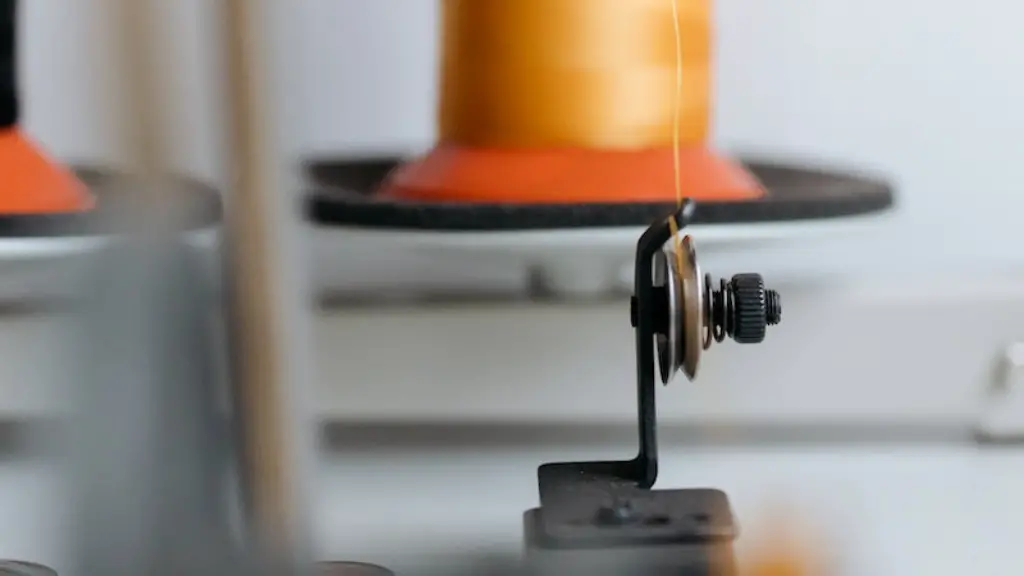History of Sewing Machines
Most people, when asked, would agree that the invention of the modern-day sewing machine was a revolutionary feat for humanity. Sewing machines have been in existence for hundreds of years, dating as far back as the eighteenth century, when French Tailor Barthelemy Thimmonier introduced the world to the very first machine capable of stitching fabric. However, there have been several advances to the traditional model, such as the ability to embroider and do decorative stitching, as well as embedded computerization. Nevertheless, the question remains: are old sewing machines worth money?
Value of Vintage Sewing Machines
The truth is, vintage sewing machines can range in value, depending on their age, condition, and availability. Like any other type of collectible, the more rare and old a sewing machine is, the more likely it is to be worth something. There are various resources, such as online forums, brochures and books, where you can research the value of a particular make and model. Antique and vintage sewing machines, especially those from the 1930s to the 1970s are high in collector value and highly sought after by vintage and antique lovers alike.
For instance, Pfaff Design 2140, a vintage, electric zig zag machine, has a value ranging from $400 – $800, depending on the condition. Singer 15-30K is another popular model, and can range from around $300 – $800. The age, condition, and rarity all play a factor in the value, so buyers should familiarise themselves with the machines before purchasing in order to make the right decision.
Benefits of Using an Old Sewing Machine
Although many people think of antique and vintage sewing machines as only collector’s items, they have a variety of practical uses as well. For example, many older models are still great for basic sewing tasks such as hemming, patching, and repairs. As they are no longer being manufactured, they can also still work with old-style fabrics, such as vintage clothing, quilts, and upholstery.
In addition, vintage sewing machines are often easier and simpler to use than the modern machines. Most machines are mechanically rather than electronically controlled, so users can understand and figure out how the machines function easily. Furthermore, many antique machines are sturdy, well-constructed, and last longer than modern ones due to their heavy duty build.
Grading System for Sewing Machines
When it comes to buying an old sewing machine, there is an industry-standard grading system. This system provides buyers with a basic understanding of the quality of the machine they are looking to purchase. Sewing machines are measured on a scale of 1-10, with 10 representing the best possible conditions. For vintage sewing machines, a grade of 8 is usually considered excellent, while grades of 6-7 are good. Anything below a 5 is considered too damaged to allow for proper operation.
Reasons Not to Buy an Old Sewing Machine
Old sewing machines may not be a practical purchase for many reasons. For one, they are not designed to be used on modern fabrics. Many old machines use bobbins and needles that are no longer made, making it difficult to get spare parts. In addition, repairs can be costly and difficult to find. If a buyer is not prepared to handle the repairs, there is no point in them investing in the purchase of a vintage model.
Pros and Cons of Old Sewing Machines
Today’s high-tech sewing machines have come a long way since the days of manual sewing. Electronic models offer a variety of features that include computerized stitch selection and length control, as well as many decorative and embroidery designs. Despite modern technological advances, there are still some reasons why an old sewing machine may be the right fit for someone. Depending on the situation, sewing machines from the past may offer convenience, affordability, and a unique, vintage charm that is hard to find in the present day.
On the other hand, there are some drawbacks to vintage sewing machines. Most notably, the machines are not built for the heavy-duty materials of today, making them useless for sewing thick fabrics like upholstery or denim. They may also lack features such as speed control, digital displays, and hundred-stitch programming.
Research Your Options
When it comes to purchasing an old sewing machine, it is important to do your research. It is a good idea to try out the machine before buying it to make sure that it is working properly and that all of its parts are in good condition. Buyers should also take the time to check out the machine’s features, including stitch pattern, stitch length, and thread tension. This will help them make the right decision for their unique needs and budget.
Conclusion
In conclusion, old sewing machines can indeed be worth money. The values vary depending on the age, condition, and availability. In addition, modern sewing machines offer more convenience and features, but many prefer the vintage models for the simplicity and affordability. Whether a buyer decide to purchase a vintage machine for use or for the purpose of collecting, it is essential to do the necessary research beforehand in order to make an informed decision.


